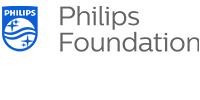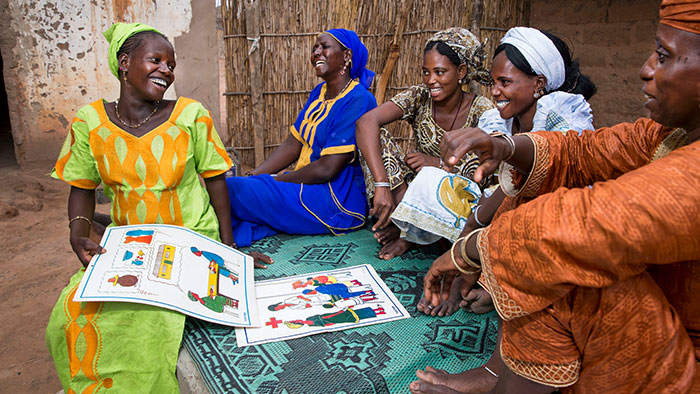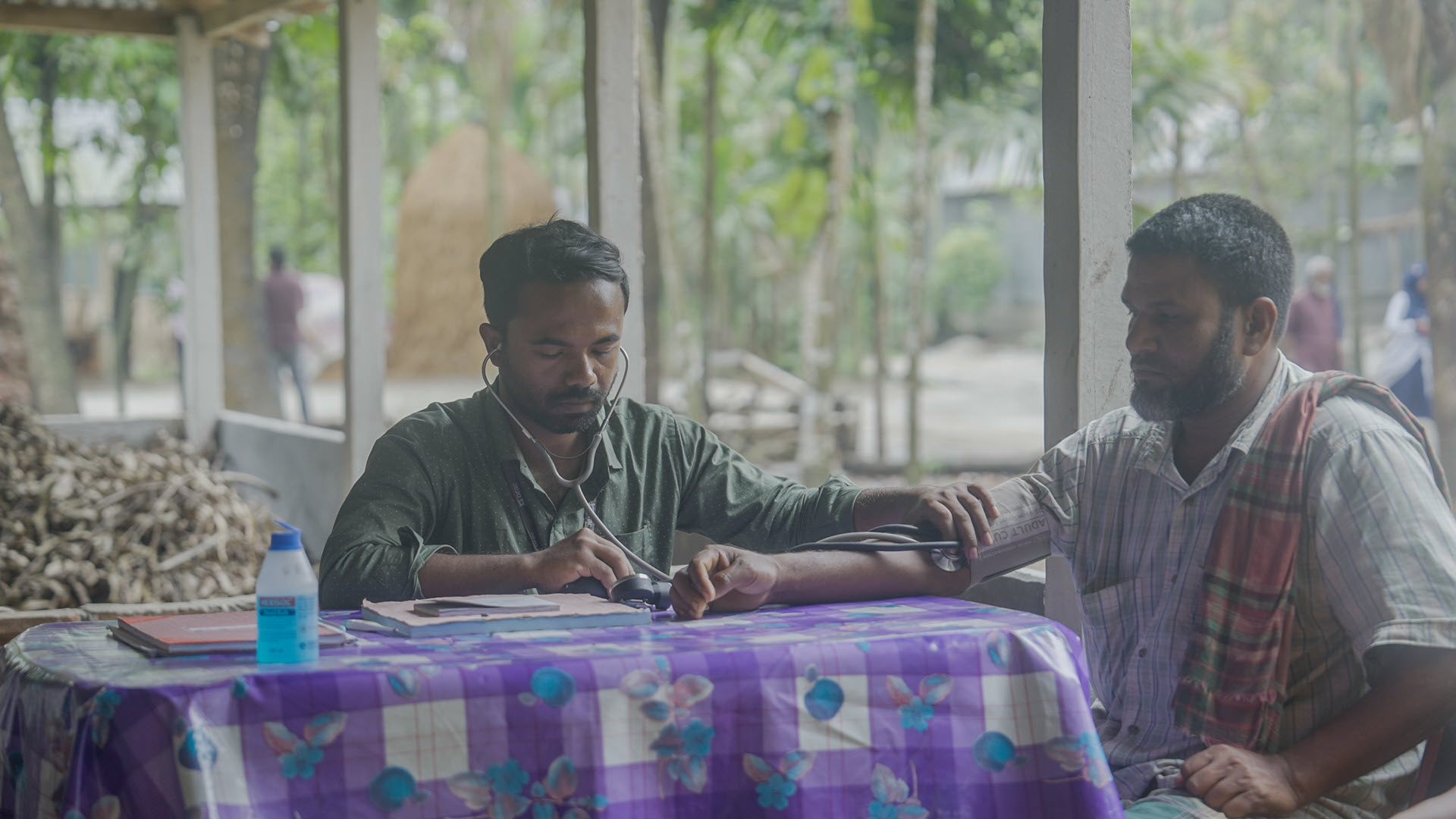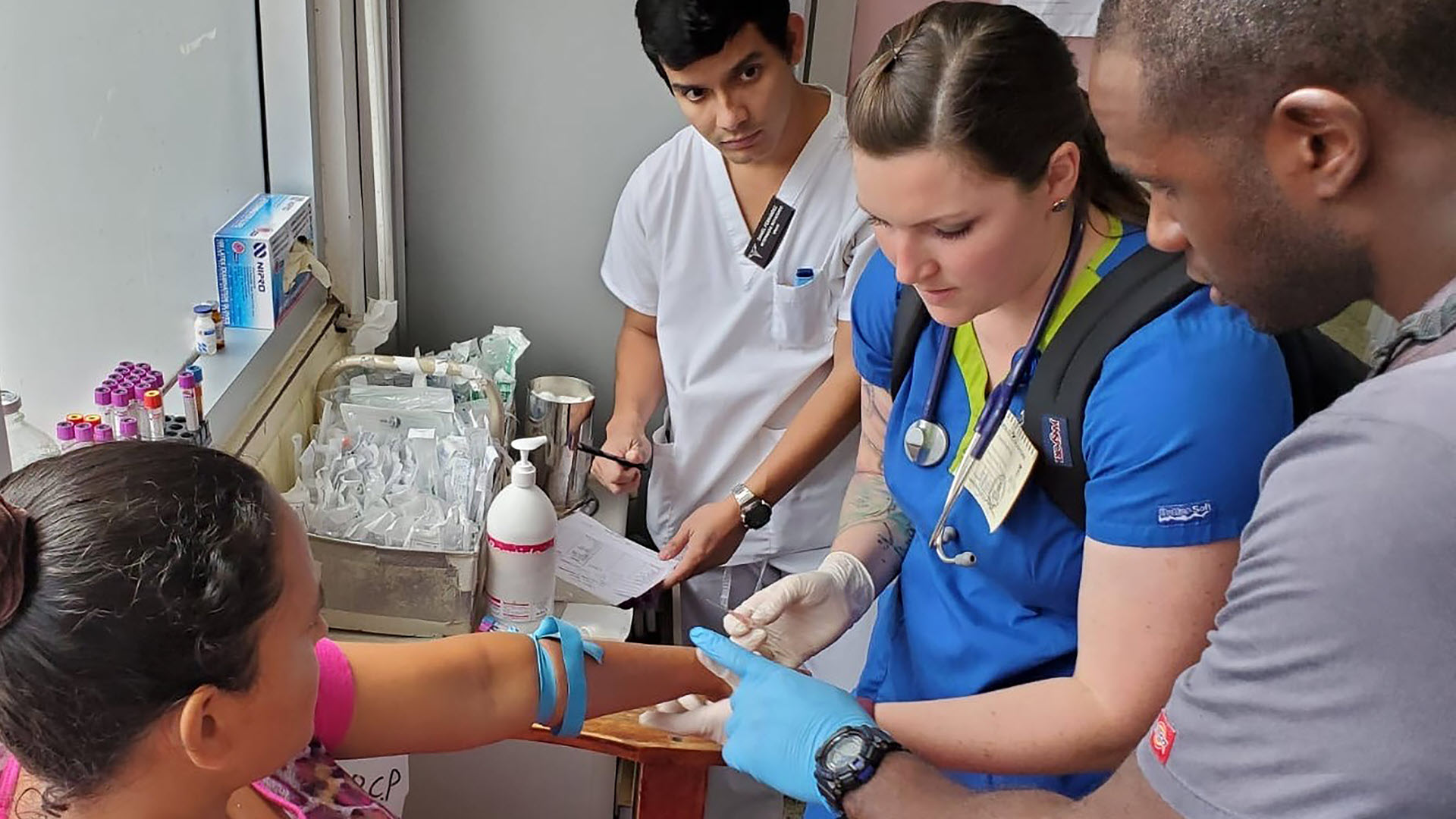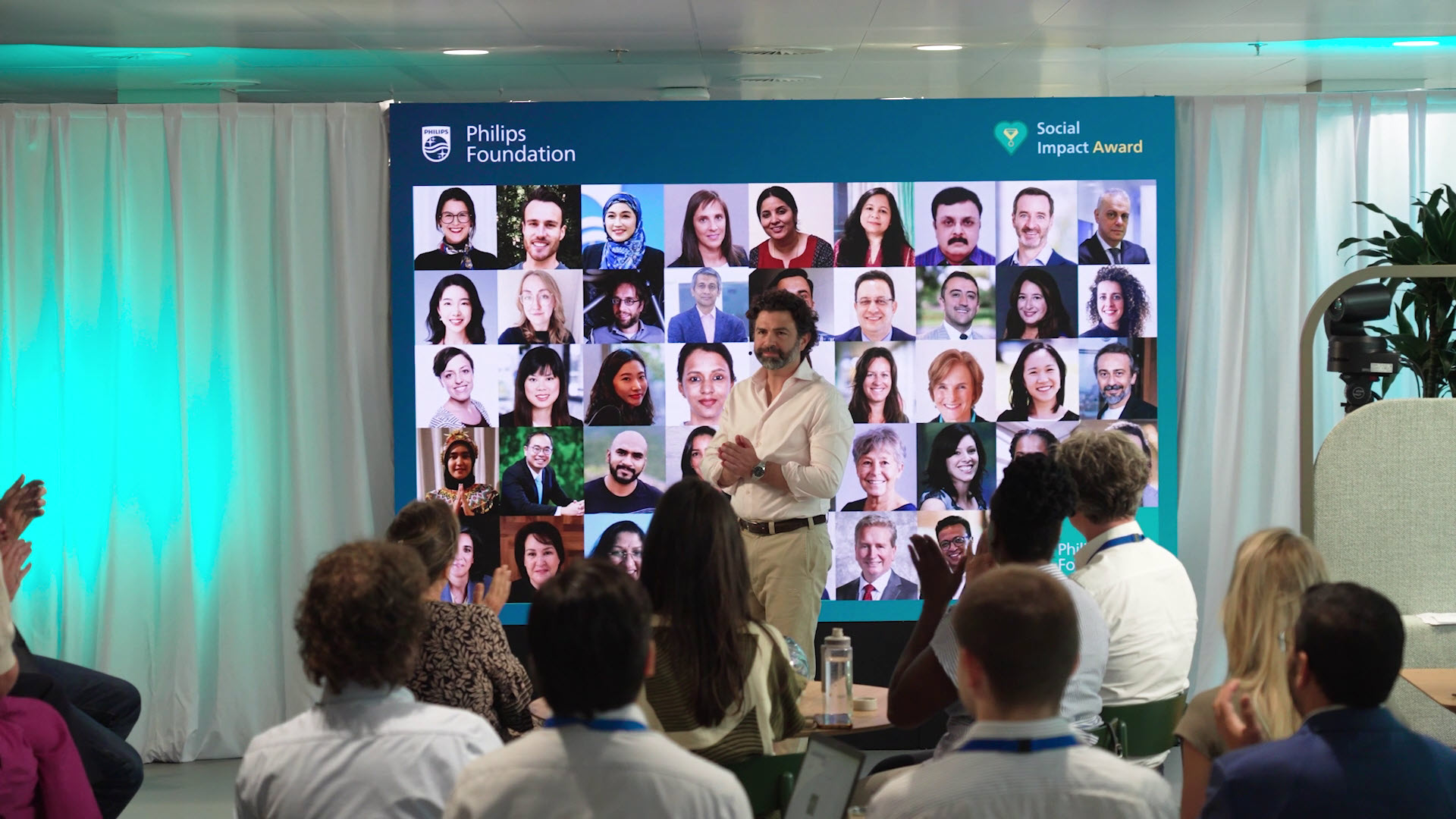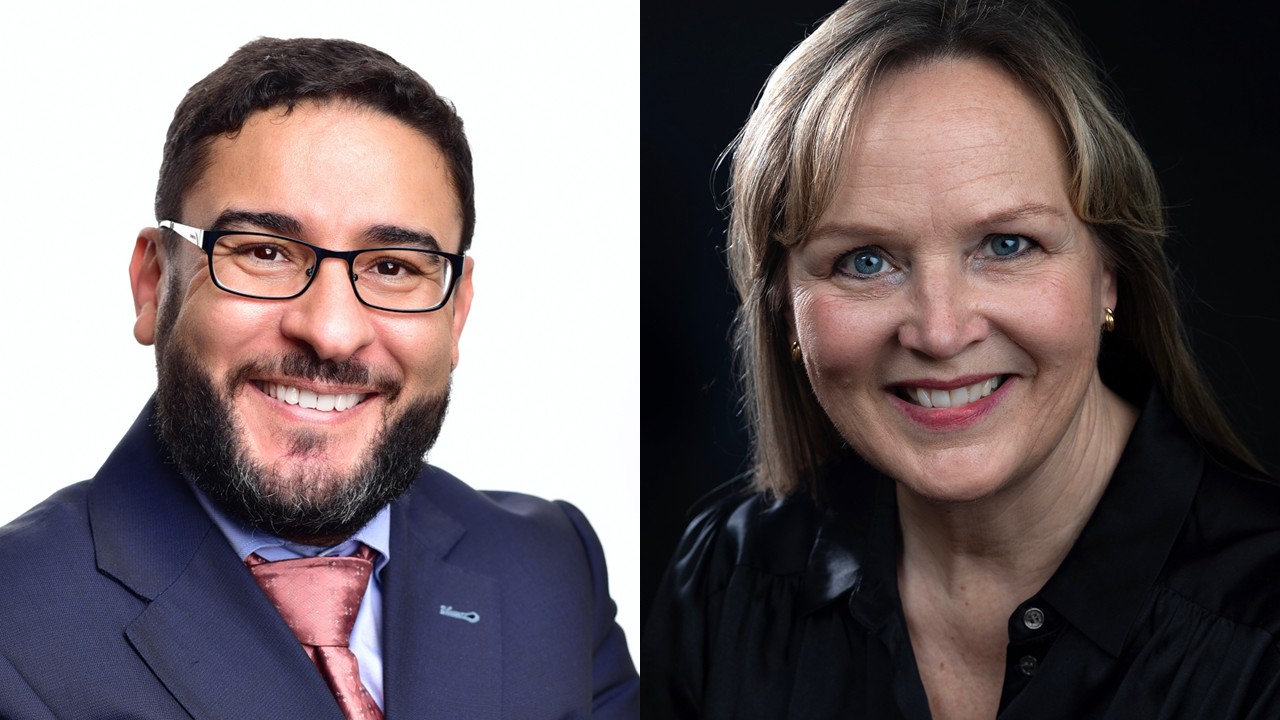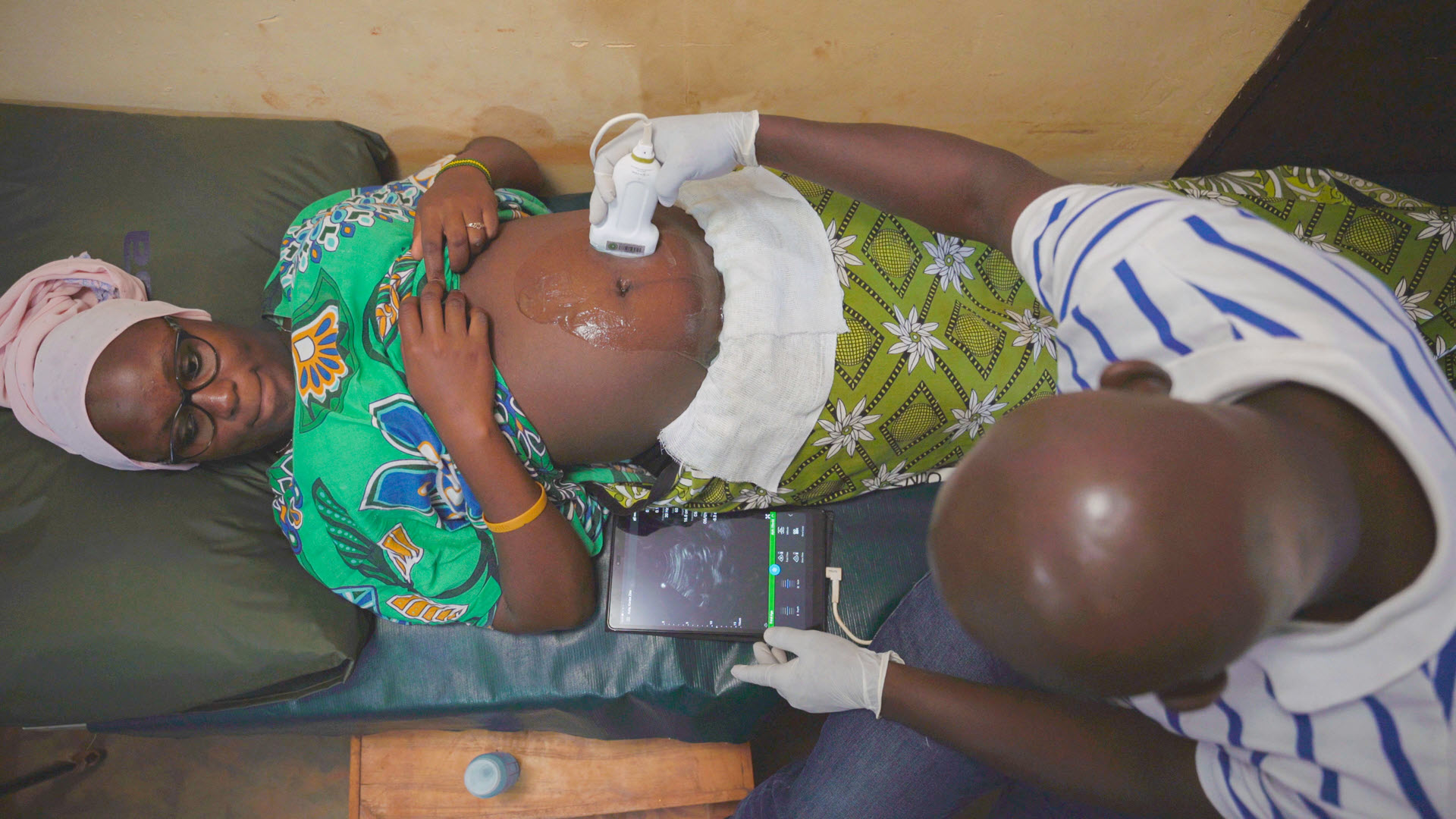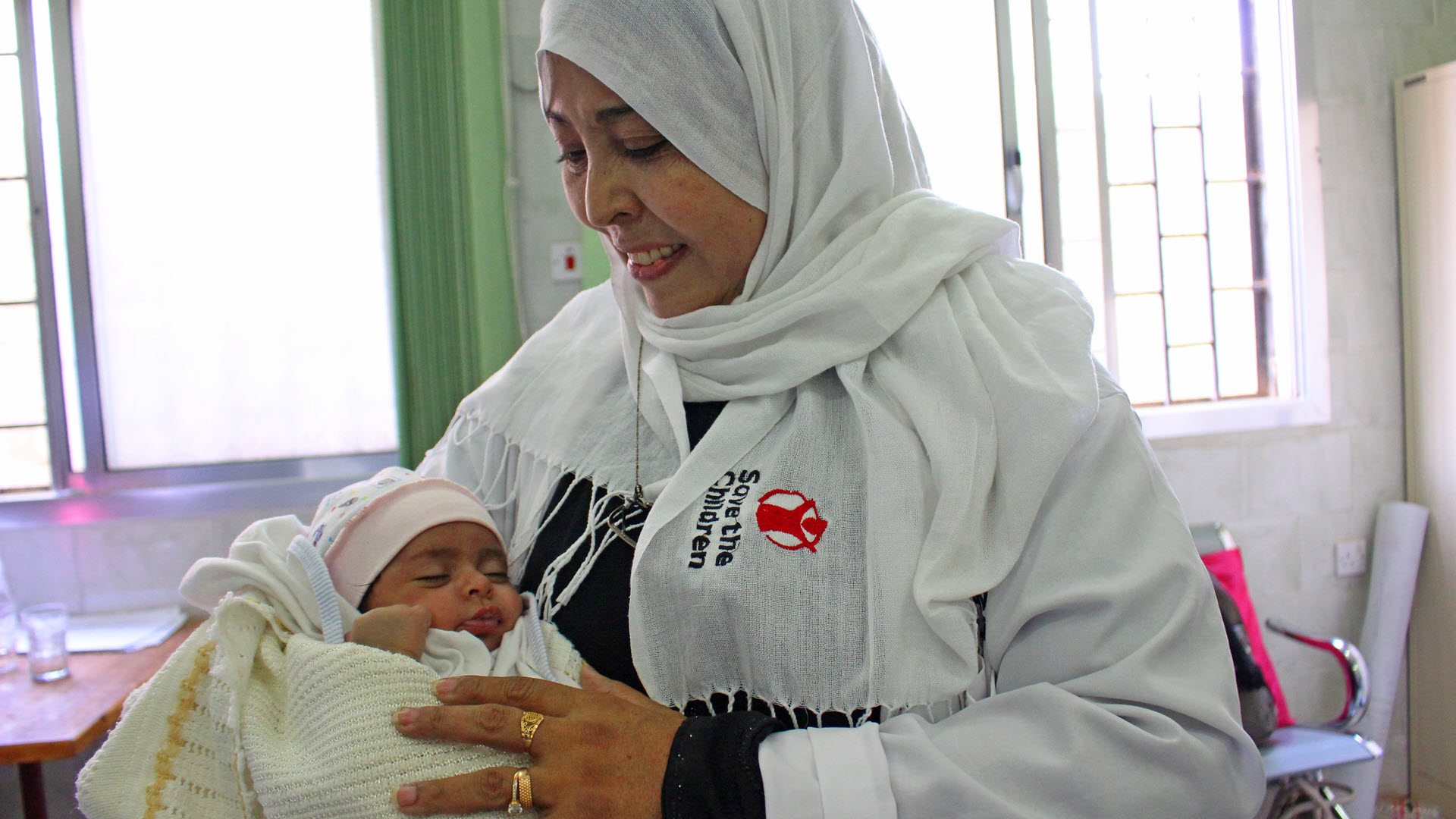The Importance of Data Collection and Cross-Sectoral Collaboration
For Dr. Jeffrey Smith, Director of Implementation Research and Demonstration for Scale on Maternal, Newborn & Child Health at the Bill & Melinda Gates Foundation, having access to good quality data is most important, as it allows tracking diseases and responding to them, following results, and guiding initiatives. Ankur Kaul, Product & Marketing Manager for Philips, responsible for digital health solutions for primary care, shares a similar view on the importance of good data for the public health system and the need to manage this information accordingly.
Naturally, developing a sustainable and universal healthcare model for underserved communities cannot be achieved by one person or organization. Within the United Nations (UNGA), in the private sector as well as in governments and non-governmental organizations, collaborating – working in public-private partnerships – is crucial to reach this goal. Dr. Queen Dube, a pediatrician implementing new technologies at Queen Elizabeth Central Hospital in Malawi, shared how she experiences the importance of having government support throughout the planning and implementation of projects and new solutions.
Parties need not only to think about projects and ideas but to move from ideation to comprehending the country context and improvement towards a global impact. To get there, directly addressing local people’s needs is key, and especially those of mothers and children, as they are among the main users of first lines of care. Introducing completely new technology into communities in Asia, social entrepreneur Hilmi Quraishi relies on collaboration with local organizations and government. Hilmi is using mobile telephony and gamification for health education in poor and remote areas.
Hilmi pointed out that practical arrangements, such as physical space, electricity, and water systems, must also be considered when addressing remote communities, and this reinforces the need for local partnerships. Dr. Dube reinforced the concept, explaining that without the involvement of the local ecosystem, which can include social entrepreneurs, governments, private parties, medical practitioners, and the local communities, there will be no system change.

